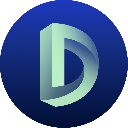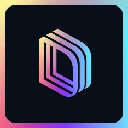-
 Bitcoin
Bitcoin $118400
0.39% -
 Ethereum
Ethereum $3814
2.17% -
 XRP
XRP $3.547
1.34% -
 Tether USDt
Tether USDt $1.000
0.00% -
 BNB
BNB $769.5
2.95% -
 Solana
Solana $191.7
6.36% -
 USDC
USDC $0.9999
0.01% -
 Dogecoin
Dogecoin $0.2722
7.75% -
 Cardano
Cardano $0.8995
5.59% -
 TRON
TRON $0.3158
-0.78% -
 Hyperliquid
Hyperliquid $47.37
4.46% -
 Stellar
Stellar $0.4848
3.54% -
 Sui
Sui $4.031
1.72% -
 Chainlink
Chainlink $20.11
3.94% -
 Hedera
Hedera $0.2832
3.16% -
 Avalanche
Avalanche $26.20
4.27% -
 Bitcoin Cash
Bitcoin Cash $530.5
0.67% -
 Shiba Inu
Shiba Inu $0.00001568
3.59% -
 Litecoin
Litecoin $118.4
1.42% -
 UNUS SED LEO
UNUS SED LEO $8.976
-0.23% -
 Toncoin
Toncoin $3.349
2.54% -
 Polkadot
Polkadot $4.590
2.54% -
 Uniswap
Uniswap $10.56
-0.59% -
 Ethena USDe
Ethena USDe $1.001
0.00% -
 Monero
Monero $327.7
0.39% -
 Pepe
Pepe $0.00001422
2.62% -
 Bitget Token
Bitget Token $4.973
-1.22% -
 Dai
Dai $1.000
0.02% -
 Aave
Aave $331.9
1.59% -
 Bittensor
Bittensor $429.6
-0.56%
What is the difference between blockchain browsers and ordinary browsers?
Blockchain browsers enable direct interaction with dApps and blockchain networks, offering enhanced security and wallet integration, unlike traditional browsers focused on centralized web access.
Apr 01, 2025 at 12:36 am
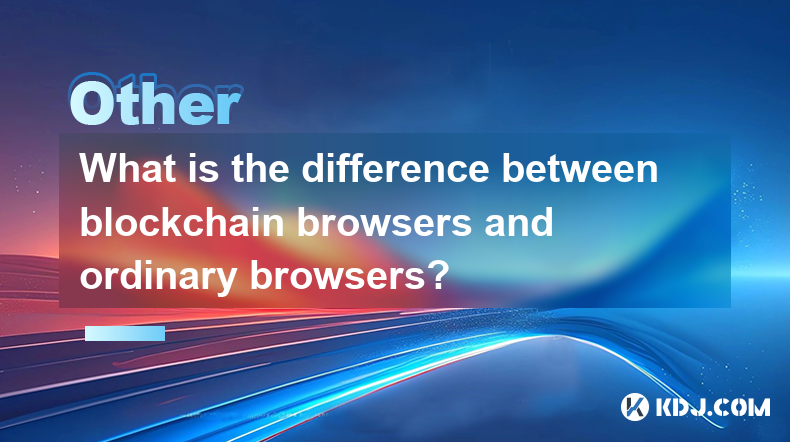
Exploring the Divergence: Blockchain Browsers vs. Traditional Browsers
This article delves into the key distinctions between blockchain browsers and their conventional counterparts. While both allow users to access information online, their functionalities and underlying technologies differ significantly. Understanding these differences is crucial for navigating the decentralized web and interacting effectively with blockchain applications.
The most fundamental difference lies in their core purpose. Ordinary browsers, like Chrome, Firefox, or Safari, are designed to access and display information from centralized servers.** They primarily handle HTTP and HTTPS requests, retrieving data from websites hosted on specific servers. This architecture is inherently centralized, relying on a single point of control for data access and management.
In contrast, blockchain browsers are specifically built to interact with decentralized applications (dApps) and blockchain networks. They provide tools and functionalities tailored to this unique environment, enabling users to explore blockchain data, interact with smart contracts, and manage crypto assets directly within the browser. This decentralized nature offers greater security and transparency compared to traditional web browsing.
Another key distinction lies in the way they handle data. Ordinary browsers primarily deal with data stored on centralized servers. The user's interaction is mediated through these servers, potentially compromising privacy and security. Conversely, blockchain browsers interact directly with the blockchain, enabling peer-to-peer communication and data verification. This eliminates the reliance on intermediaries and enhances data integrity.
Let's examine the functionalities specific to blockchain browsers:
Wallet Integration: Many blockchain browsers offer integrated cryptocurrency wallets, allowing users to manage their digital assets directly within the browser interface. This streamlines the process of sending, receiving, and managing cryptocurrencies.
dApp Interaction: These browsers are optimized for interacting with dApps, providing a seamless user experience for accessing decentralized applications and services. They often include features specifically designed for interacting with smart contracts.
Blockchain Explorer Integration: Blockchain browsers often integrate with blockchain explorers, providing users with tools to explore and analyze blockchain data, such as transaction history, block information, and smart contract code.
Enhanced Security Features: Due to the nature of blockchain technology, blockchain browsers often incorporate enhanced security features to protect users from malicious attacks and scams. This might include features like built-in anti-phishing protections.
Decentralized Identity Management: Some blockchain browsers are experimenting with decentralized identity management systems, allowing users to control their digital identities without relying on centralized authorities.
In contrast, ordinary browsers lack these specialized features. They are not inherently equipped to handle the complexities of blockchain technology or interact directly with decentralized applications. While extensions can add some blockchain functionality, it's not their primary design focus.
The user experience also differs. Ordinary browsers provide a familiar and intuitive interface for accessing websites and online services. Blockchain browsers, while increasingly user-friendly, might have a steeper learning curve for users unfamiliar with blockchain technology and cryptocurrency. The interface often reflects the complexity of the underlying technology.
Furthermore, the level of technical expertise required varies significantly. Using an ordinary browser requires minimal technical knowledge. However, interacting effectively with blockchain browsers and dApps often requires a basic understanding of blockchain concepts, cryptocurrency, and potentially smart contracts.
The security implications also differ. While ordinary browsers are vulnerable to various security threats, including malware and phishing attacks, blockchain browsers leverage the inherent security of the blockchain to mitigate certain risks. However, it's important to remember that no system is completely immune to attacks. Users must still practice safe browsing habits.
Finally, the level of control over data differs dramatically. Ordinary browsers often involve sharing user data with various websites and services. Blockchain browsers, especially those focused on privacy, aim to minimize data sharing and enhance user control over their personal information.
Frequently Asked Questions
Q: Can I use a regular browser to access a dApp?
A: While some dApps might work in a standard browser, many require the functionality and security features provided by a blockchain browser for optimal performance and security. You might encounter compatibility issues or security risks.
Q: Are blockchain browsers more secure than ordinary browsers?
A: Blockchain browsers offer enhanced security in some aspects, particularly regarding transaction security and data integrity due to the inherent nature of blockchain technology. However, they are not entirely immune to all security threats. Both types of browsers require users to practice safe browsing habits.
Q: What are the advantages of using a blockchain browser?
A: Advantages include direct interaction with blockchain networks, integrated cryptocurrency wallets, seamless dApp interaction, enhanced security features (in some aspects), and potentially greater control over personal data.
Q: Do I need a blockchain browser to use cryptocurrency?
A: No, you don't necessarily need a blockchain browser to use cryptocurrency. Many cryptocurrency exchanges and wallets operate independently of browsers. However, a blockchain browser can simplify management and interaction with decentralized applications.
Q: Are all blockchain browsers the same?
A: No, different blockchain browsers support different blockchains and offer varying functionalities and features. Some might focus on specific blockchains, while others offer broader compatibility. Choosing the right browser depends on your specific needs and preferences.
Q: Are blockchain browsers difficult to use?
A: While some might have a steeper learning curve than traditional browsers, many modern blockchain browsers are designed with user-friendliness in mind. However, a basic understanding of blockchain technology can improve the user experience.
Disclaimer:info@kdj.com
The information provided is not trading advice. kdj.com does not assume any responsibility for any investments made based on the information provided in this article. Cryptocurrencies are highly volatile and it is highly recommended that you invest with caution after thorough research!
If you believe that the content used on this website infringes your copyright, please contact us immediately (info@kdj.com) and we will delete it promptly.
- Crypto Stocks, Stablecoin Law & Trump: A New Era?
- 2025-07-22 02:30:12
- Kaito, Web3, and Crowdfunding: A New Era of Capital Alignment?
- 2025-07-22 02:30:12
- Saylor, Trump, and Bitcoin: A New York Minute on Crypto's Power Trio
- 2025-07-22 00:50:12
- Strategy, Bitcoin, and $122,000: A New York Minute on Crypto's Latest Moves
- 2025-07-22 00:50:12
- Dogecoin Price Prediction: Will the Pump Continue?
- 2025-07-22 01:50:12
- AVAX Price, Mining Rewards, and PI Price: What's the Buzz?
- 2025-07-22 01:50:12
Related knowledge
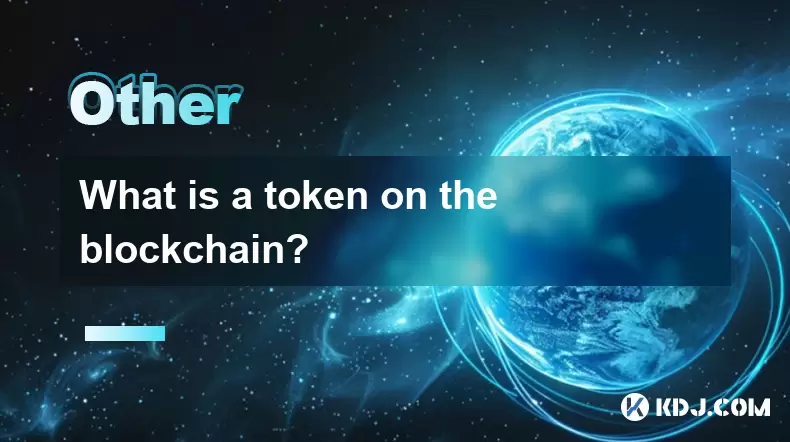
What is a token on the blockchain?
Jul 21,2025 at 07:00am
Understanding the Concept of a TokenIn the realm of blockchain technology, a token is a digital representation of an asset or utility that exists on a...
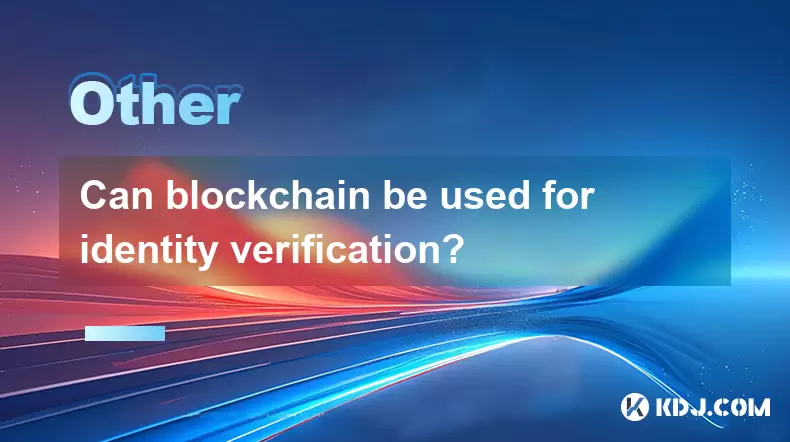
Can blockchain be used for identity verification?
Jul 18,2025 at 02:14pm
Understanding Identity Verification in the Digital AgeIn the modern digital landscape, identity verification has become a critical component for ensur...
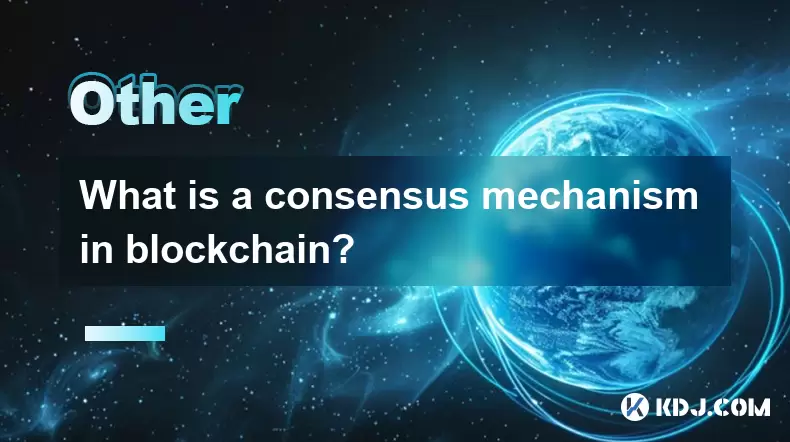
What is a consensus mechanism in blockchain?
Jul 21,2025 at 03:01am
Understanding the Basics of Consensus MechanismsA consensus mechanism is a critical component of any blockchain network. It refers to the process by w...
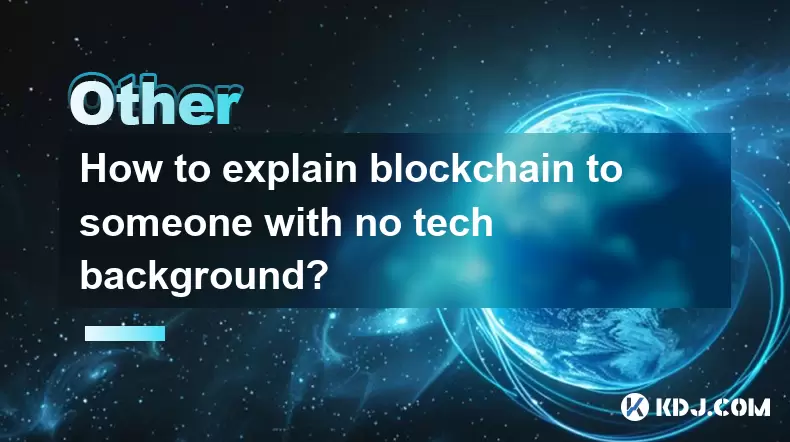
How to explain blockchain to someone with no tech background?
Jul 18,2025 at 11:08pm
Understanding the Basics of BlockchainTo explain blockchain to someone with no tech background, it's essential to start with simple analogies and avoi...
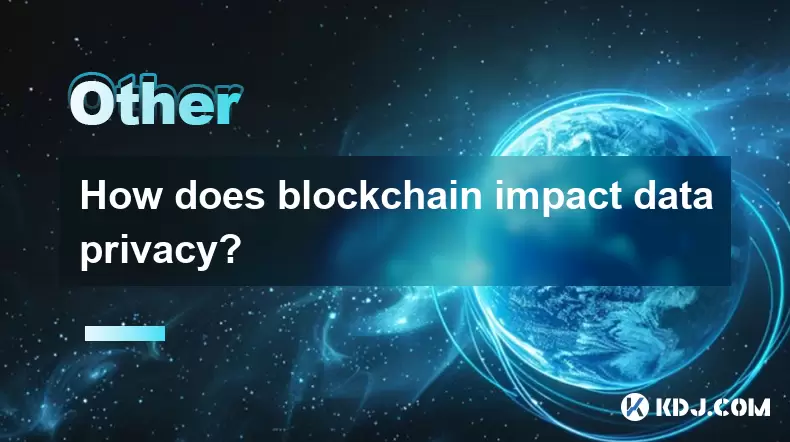
How does blockchain impact data privacy?
Jul 21,2025 at 02:21pm
Understanding the Role of Blockchain in Data PrivacyBlockchain technology, originally developed as the underlying infrastructure for cryptocurrencies ...
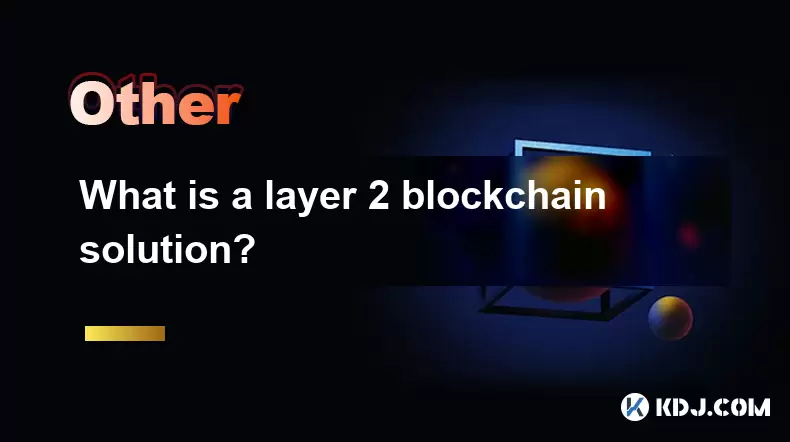
What is a layer 2 blockchain solution?
Jul 20,2025 at 01:42am
Understanding the Concept of Layer 2 BlockchainA layer 2 blockchain solution refers to a secondary framework or protocol built on top of an existing b...

What is a token on the blockchain?
Jul 21,2025 at 07:00am
Understanding the Concept of a TokenIn the realm of blockchain technology, a token is a digital representation of an asset or utility that exists on a...

Can blockchain be used for identity verification?
Jul 18,2025 at 02:14pm
Understanding Identity Verification in the Digital AgeIn the modern digital landscape, identity verification has become a critical component for ensur...

What is a consensus mechanism in blockchain?
Jul 21,2025 at 03:01am
Understanding the Basics of Consensus MechanismsA consensus mechanism is a critical component of any blockchain network. It refers to the process by w...

How to explain blockchain to someone with no tech background?
Jul 18,2025 at 11:08pm
Understanding the Basics of BlockchainTo explain blockchain to someone with no tech background, it's essential to start with simple analogies and avoi...

How does blockchain impact data privacy?
Jul 21,2025 at 02:21pm
Understanding the Role of Blockchain in Data PrivacyBlockchain technology, originally developed as the underlying infrastructure for cryptocurrencies ...

What is a layer 2 blockchain solution?
Jul 20,2025 at 01:42am
Understanding the Concept of Layer 2 BlockchainA layer 2 blockchain solution refers to a secondary framework or protocol built on top of an existing b...
See all articles





















































































